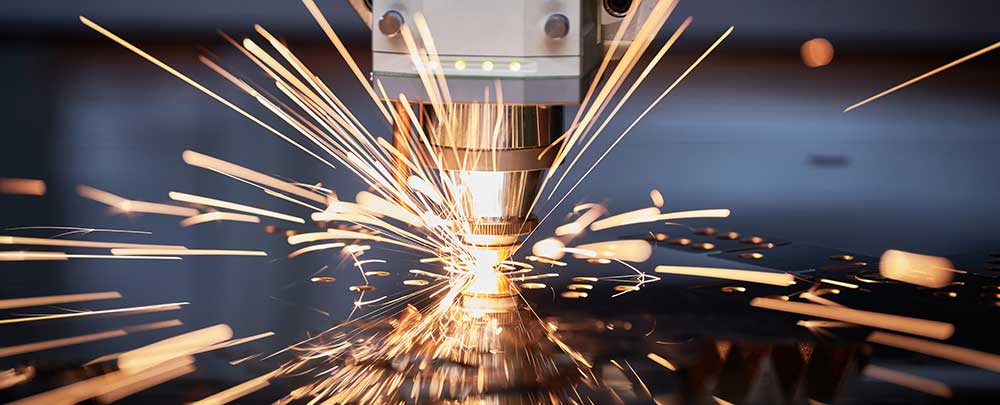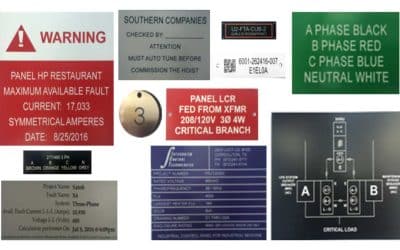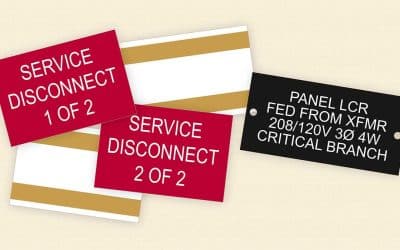How do you transform a blank substrate into a finished product that has the correct imagery and text, and is also the right shape and size? Answer: Through an engraving process.
What is Engraving?
Laser engraving refers to the process of removing material from the surface of an object to create a design in relief. The laser is controlled by a computer, which guides the beam to remove material in a specific pattern, creating a raised design that can be felt with the fingertips. Engraving is typically used for creating text, logos, and other designs that have a clear definition and sharp edges. Machines employ various engraving techniques, but the equipment we prefer utilizes rastering.
What is Rastering?
Rastering is a method of laser engraving that works by moving the laser beam in a series of parallel lines to create an image or pattern. The laser removes small dots of material from the surface of the object, building up the image pixel by pixel. Rastering is typically used to create images or photos with a high degree of detail and shading, as well as to engrave barcodes and serial numbers. In our business, rastering is responsible for the text and logo work required by our customers’ specifications. Vectoring is responsible for the final size and shape of the product.
What is Vectoring?
Generically, vectoring refers to a method of laser engraving that uses vector graphics to create designs. In vectoring, the design is created using mathematical equations to define lines, curves, and shapes. These mathematical definitions are then converted into laser paths that the engraving machine follows to remove material from the surface of an object.
Vectoring is commonly used for creating designs that have clean, sharp lines and well-defined shapes, such as logos, text, and illustrations. Unlike rastering, which creates an image by building up small dots of material, vectoring creates a single, continuous line that defines the edges of the design. This allows for precise, intricate designs that are easily scalable to different sizes without losing their sharpness or clarity.
In our particular business, we rarely need to leverage vectoring for all of its capabilities. We use vectoring for cutting to generate the final size and shape of the finished product.
Summary
In the simplest of terms, engraving is the removal of material from a surface in order to create a specific design. Rastering accomplishes the engraved outcome by moving the laser beam in a parallel motion over the surface, and vectoring cuts the surface into its final shape per the customer’s requirements.




